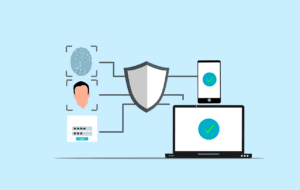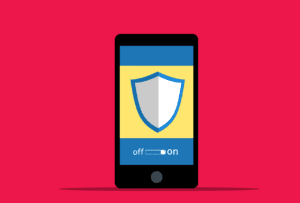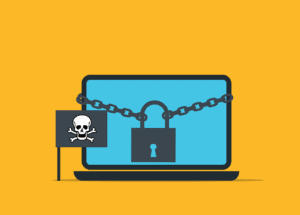The Internet of Things is growing day by day. More devices are connecting to the internet. And with that growth comes new security risks.
Let’s look at some new ways to keep your IoT devices safe.
What are the security risks for IoT devices?
IoT devices are vulnerable to many types of threats. Some of the common risks include:
Poor passwords
Most IoT devices have default passwords. Many users do not update them. Thus, this vulnerability makes their lives easy to hack.
Outdated software
Old software is vulnerable due to bugs. These bugs can allow hackers in. Most IoT devices remain unpatched for a pretty long time.
Lack of encryption
Some IoT devices even transmit data without any encryption. Anybody can read the data.
How to enhance security in IoT devices?
There are several ways to make IoT devices more secure. The main solutions are discussed below.
Strong passwords
Always change the default password provided. Use long and complicated passwords. Use different passwords for different devices.
Always update software
Very often, software updates are available for the IoT devices. This closes the security gaps in the software. A few of the devices update themselves.
Encrypt your data
Turn on encryption when it’s an option. This scrambles data so others cannot read it.
What new technologies help with IoT security?
New technologies are making IoT devices much more secure. Here are a few promising options:
Artificial Intelligence (AI)
AI can detect unusual behavior within the devices. In case of any potential attack, it can notify the users. AI learns and improves over time.
Blockchain
Blockchain will make device data tamper-proof. It builds a secure record of every action that has taken place by/to a device.
Edge Computing
This pushes the processing of data closer to the device itself. It reduces the possibility of data interception.
How Can Companies Improve the Security of IoT?
Organizations can improve IoT network security by:
Developing a Security Policy
Establish regulations relating to the use and security of IoT devices. Ensure that all employees are properly trained on these regulations.
Implement Network Segmentation
Isolate the IoT devices from other networks. In the event of a device breach, it limits the extent of the damage.
- Regular security audits
- Vulnerability checks
- Quick solutions to problems
What can consumers do to protect their IoT devices?
For the average user, there are ways to improve their security in IoT devices:
Do your homework before buying
Choose devices from companies that take security seriously. Choose devices with regular updates.
Secure your home network
Choose a strong Wi-Fi password. Enable network encryption.
Think twice about what you connect
Only connect devices you need. Disconnect devices when not in use.
How will IoT security change in the future?
IoT security will keep changing. Here are a few of the trends to watch:
Stricter regulations
Governments might make new laws around IoT security. This could force businesses to make safer devices.
Built-in security
In the future, IoT devices may be more secure straight out of the box. Examples of this could include automatic encryption.
More user control
Give users more control over device security. Consider user-friendly security dashboards.
Securing Your IoT Devices: Take Action Today
IoT security is necessary; it safeguards data privacy. Take an example from the tips in this article, and make your devices safer.
Stay tuned for updated security options. If you would like any help with securing your IoT devices, reach out to us. We can guide you to a safer future for IoT.
—
This Article has been Republished with Permission from The Technology Press.











